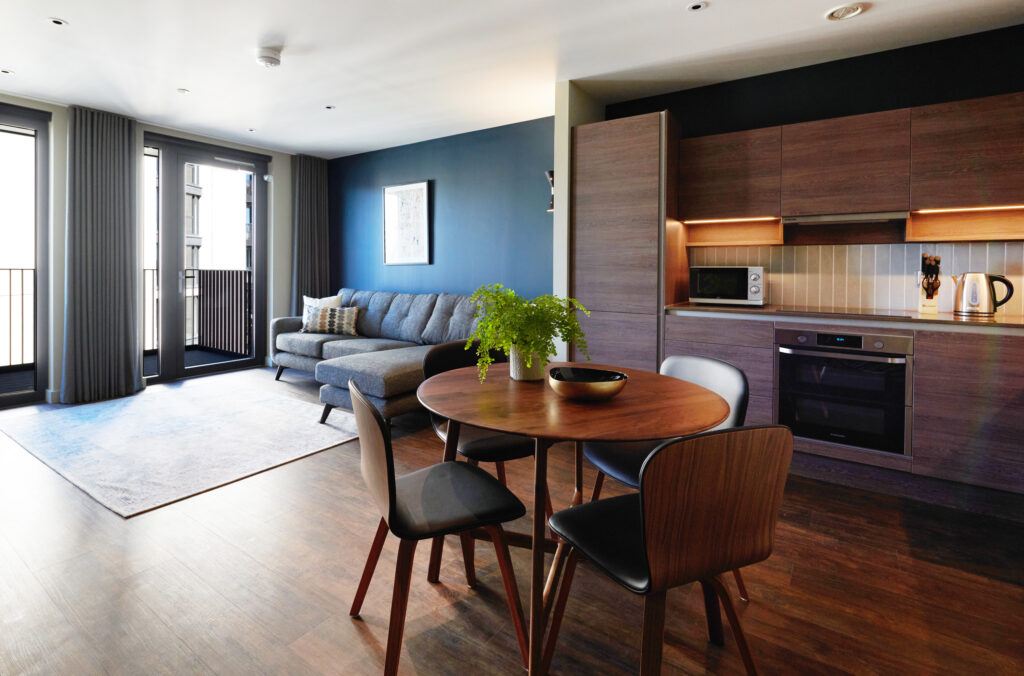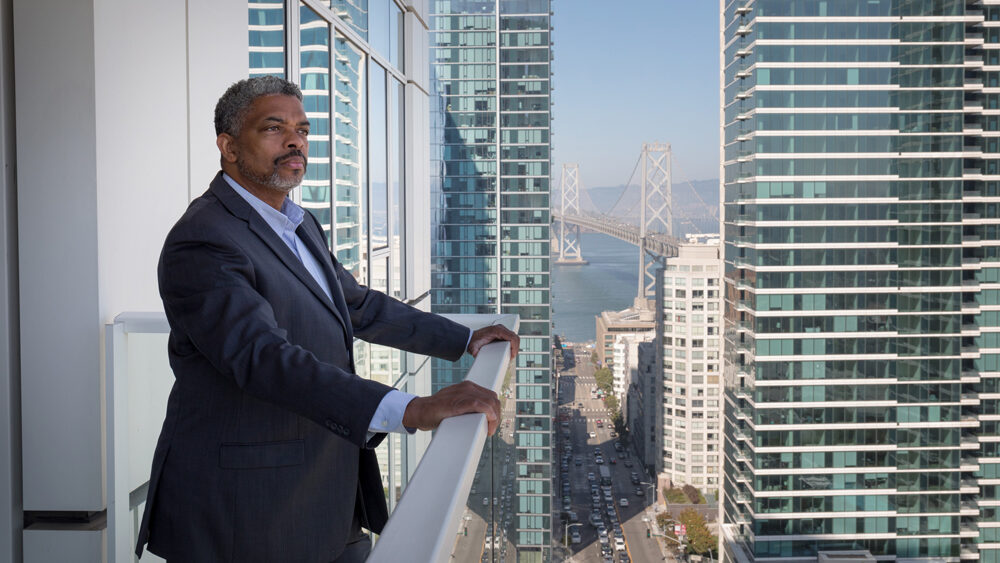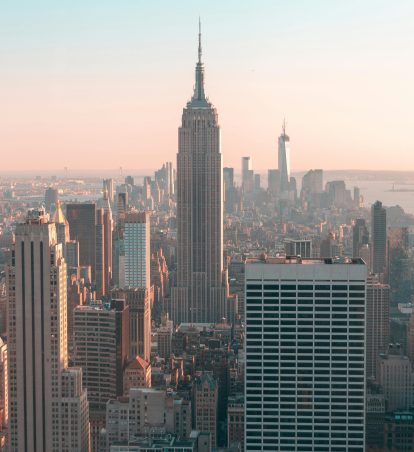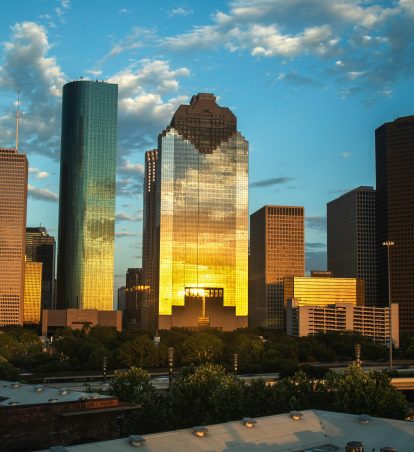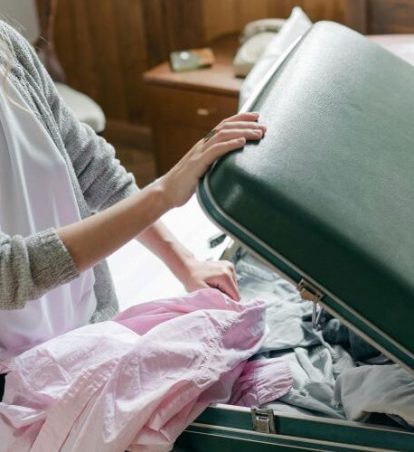How Synergy and Corporate Housing Embody Sustainable Living
It’s Earth month, and April 22 is Earth Day — although we like to think every day and every month is for this blue planet of ours. Sustainability is what will keep it livable for all of us, and companies must do their part. The actions of individuals are of course important, but as a global business, our impact is bigger — and so is our responsibility to the environment.
As a global provider of corporate housing, Synergy is dedicated to reducing our carbon footprint, minimizing waste, conserving energy and water, and promoting sustainable living practices. Here’s how our industry allows individuals to work and travel in an eco-friendly way, as well as Synergy’s sustainability initiatives and achievements as we work toward our goal of becoming a carbon-neutral organization by 2030.
Corporate housing: the sustainable choice for business and extended-stay travel
By choosing corporate housing over hotels for business travel or extended stays, you’ve already made a sustainable (and overall smart!) choice. By their very nature, extended-stay accommodations are a form of sustainable temporary housing. They’re less wasteful than hotels, and other accommodations meant for shorter stays and higher turnover. For instance: UK hotels are estimated to produce 289,700 metric tons of waste each year.
Corporate housing uses less frequent housekeeping and replenishing of provisions, which means less trash, less paper and plastic, less water and electricity used for laundry, less cleaning supplies and less food waste. Extended-stay apartments are made for living, and travelers tend to treat them more like their home — rather than fleeting, short-term quarters they’ll be leaving behind in a few days.
Synergy Global Housing’s sustainability initiatives and achievements
Our philosophy on sustainability recognizes that it starts with a mindset, which is then carried forward with action and reinforced through transparency, accountability and responsibility. Here are some examples of Synergy’s commitment to sustainable living.
Sustainability Champions team
This team of associates from across the business is passionate and eager to make a difference. They’ve developed a 54-point sustainability action plan, an ever-evolving route to a carbon-neutral future, helping as many individuals and organizations along the way as possible.
Reducing waste and emissions in our operations
We’re doing all we can to minimize waste and emissions as we provide corporate housing all over the world. In an effort to reduce food waste, we reimagined how we approach welcome grocery items we place in our apartments. We’re moving toward providing prepaid gift cards and food delivery options, so guests can select foods they enjoy and plan to consume. This initiative eliminated 30% of food waste once generated from unused welcome packs, in addition to reducing our carbon footprint related to transport, storage and delivery.
To address plastic pollution, we’re removing single-use plastics from our managed apartments, saving over 120,000 plastic bottles from ending up in landfill sites or the ocean annually. We replaced plastic water bottles in our welcome packs with boxed water and glass carafes, and replaced toiletries with biodegradable and microplastic-free alternatives. In February 2022, Synergy also expanded its EMEA presence with our first entirely plastic-free property in London.
Additionally, Synergy has upgraded 85% of its vehicles to hybrid or fully electric cars, reducing our emissions as we do business.
GreenFeet partnership

We’ve partnered with sustainability software specialist GreenFeet to track and report on Synergy’s progress toward our 2045 net zero goal. Synergy published its first emissions report in October 2022, in which GreenFeet analyzed data gathered by the Sustainability Champions team regarding Synergy’s carbon footprint. This analysis will be used as a baseline and a benchmark in tracking our progress toward zero net emissions.
Science Based Targets
Synergy is a committed member of the Science Based Targets initiative, which drives climate action in the private sector by enabling organizations to set science-based emissions reduction targets. This ensures we’re reducing our emissions in line with the Paris Agreement, while also holding us accountable via annual reporting and tracking.
Industry committees
Synergy is represented on multiple sustainability committees within our industry, including the Global Business Travel Association (GBTA), the Association of Serviced Apartment Providers (ASAP) and the Corporate Housing Providers Association (CHPA). As members of these committees, we share knowledge and engage with industry experts on an ongoing basis.
Synergy’s Green Leaf Program
The Green Leaf Program is Synergy’s sustainability ranking system for its properties. It supports travelers’ ability to make informed sustainable accommodation choices, and promotes sustainable practices among our supply chain partners. The program requires our partners to complete a questionnaire based specifically on their properties, which Synergy uses to give each property a rating on our sustainability index. This number is translated to an easy-to-understand green leaf rating that is displayed on property profiles, allowing the end-user (travelers) to see a property’s sustainability ranking and make an informed choice about where to stay.
Synergy staff initiatives
Working at Synergy also means working toward sustainability. As such, we developed our Little Things Matter internal training initiative to educate team members about Synergy’s sustainability goals, and how they can reduce their carbon footprint at work and at home. In addition, we expanded our remote work policy, further reducing Synergy’s carbon footprint by eliminating commutes to and from the office. 24% of our staff now work remotely on a permanent basis.
Join us for a sustainable future
The path to sustainability is as much about the journey as the destination. Science will lead the way to a more sustainable future, but we must first work together to take measured steps toward meaningful change. As Debra Christopher, President of Synergy Global Housing, puts it: “It’s culture. It’s behavior. It’s passion. But most importantly, it’s necessary.” Join us!

